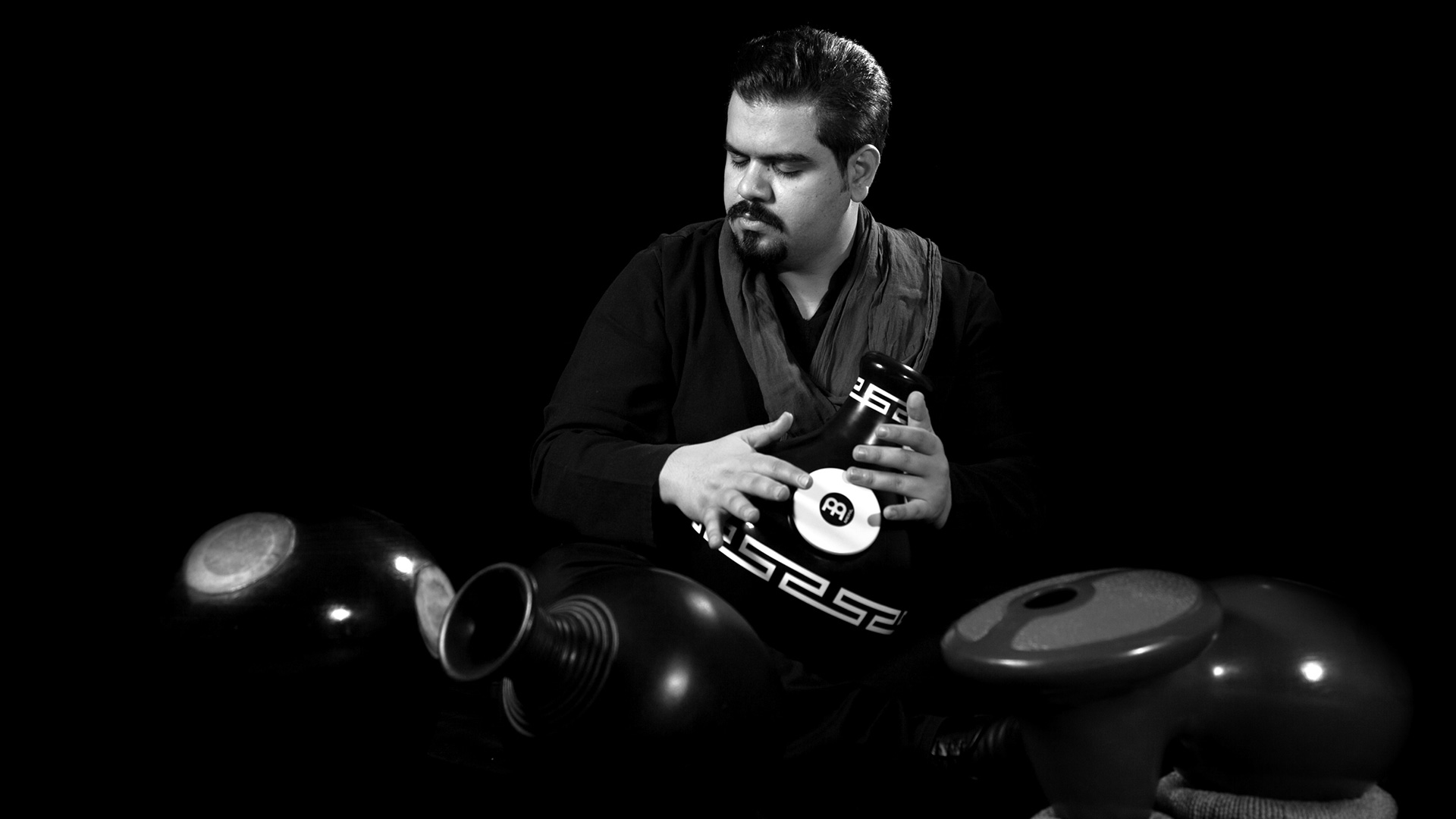
Kuzeh (history and teaching method)
History :
A kuzeh is a self-sounding instrument that is usually made of pottery and is played by directly striking the fingers of the hand. This instrument is seen with different shapes and playing styles in the southern and southeastern provinces of Iran. In Hormozgan, they know kuzeh by the name of jaleh and the way of playing it is different from the kuzeh of Sistan. The Sistani kuzeh has a different method of making, baking and soil and it is usually placed next to a tray and played. Contrary to what one might think, kuzeh has a very high sound quality and ability to perform different pieces and rhythms despite its simple structure.
Other examples of this instrument are found in the culture of Africa, especially Nigeria, where it is known as udu. Udu means pottery vessel in the language and like the Iranian kuzeh, it has had non-musical uses in the past and has gradually entered specific musical ceremonies over time. This instrument, which also has a spiritual and religious significance in African culture, has a slightly different appearance from its Iranian counterpart and usually has a hole on the side of the body.
Nowadays, udus with skin have also been produced and their use in music is very common. Another type of it is called ghatam in southern India. Ghatam, which is an ancient instrument in India, is larger than udu and jaleh and usually has no skin or hole in the body. This instrument has complex and beautiful techniques that make its sonority different. Other instruments from this family are available with different names, but these three types of kuzeh have received more attention.
The teaching method of kuzeh
Three methods of playing kuzeh
The teaching method includes learning three playing methods related to three instruments of the same family that have differences with each other. First, the playing method of ghatam, which is an ancient kuzeh related to southern India, second, the playing method of udu, which is a kuzeh with African origin from Nigeria, and third, jaleh, which is a kind of kuzeh in southern Iran. For the educational content, the booklet written by Roozbeh Zarei is used.
The teaching begins with playing exercises of udu. After learning the basic movements and the correct echoes, the teaching of practical African rhythms is done. Then we get to the kuzeh exercises in the Iranian method, which is accompanied by learning the related rhythms and getting acquainted with the rhythmic cycles. Finally, with the Indian style, the techniques related to ghatam along with the Indian method of weight reading and syllable reading called konnakol continue.
Advance course:
In the advanced course, the complementary techniques for different forms of kuzeh, playing with skin-covered kuzehs, familiarity with weights and complex rhythmic cycles along with solo and ensemble playing in different musical styles will be the end of the topics.

